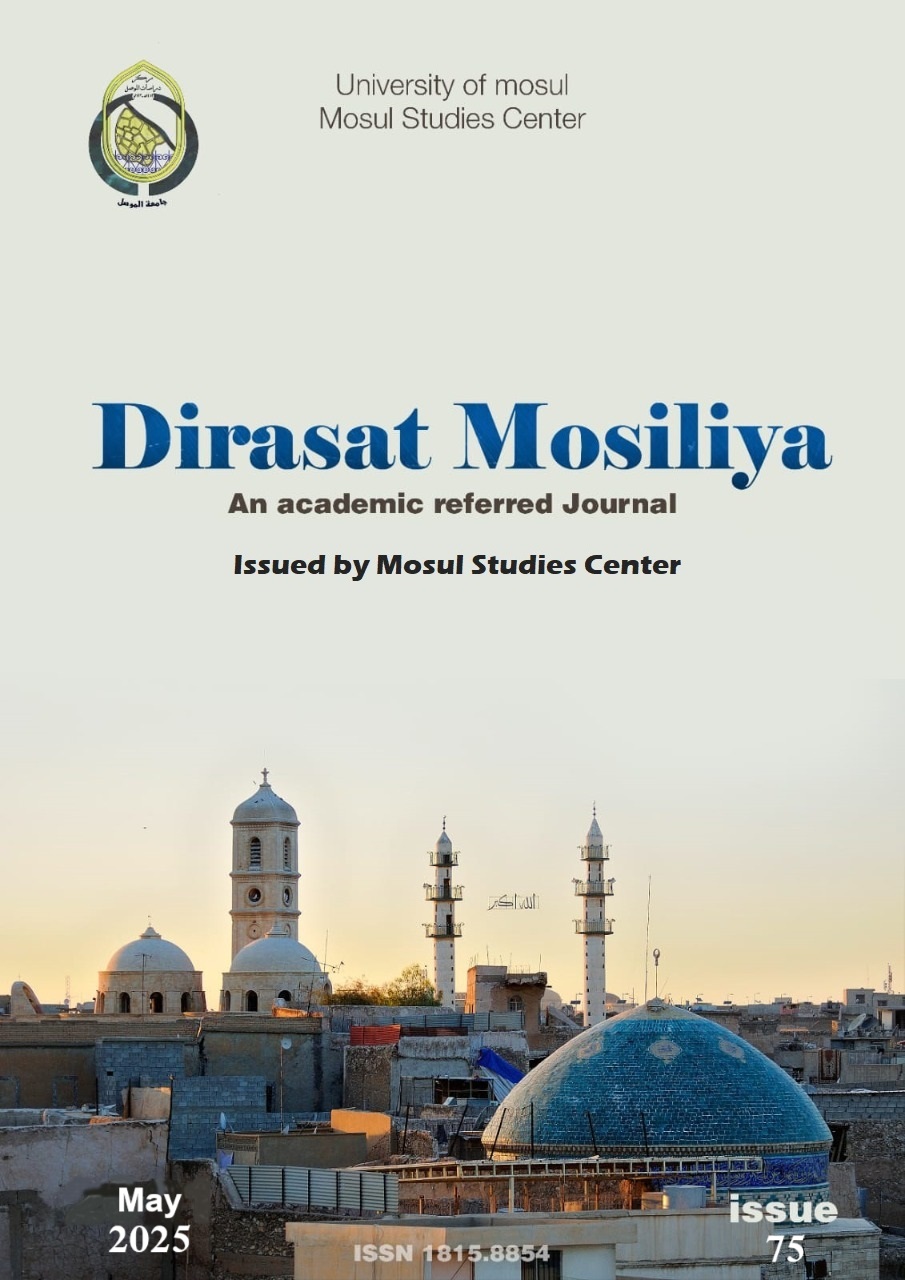The Economic Activity of Al-Djazīra during the two Centuries Sixth and Seventh Hijri Agriculture as a Model
Abstract
Agricultural activity is the mainstay of human economic life in general, and speaking of Al-Djazra region, the field of agriculture has gained great importance as a result of the exploitation of fertile lands. Al-Maqdisi mentioned this by saying: As for the air of this region, it is close to the Levant, and it has hot places. The various means of irrigation in Al-Djazra region helped to increase the area of cultivated land, and agriculture was based mainly on the Tigris and Euphrates rivers and the rivers that flow into and branch out from them. To keep the lands in the hands of their owners instead of distributing them to the army commanders, and they worked to prepare ways to advance agriculture by building canals and canals, which led to transforming the barren lands into fertile lands producing various types of grains, legumes and vegetables, and populated the abandoned villages under the rule of the Atabeg of Al-Djazra, and the number of its inhabitants increased and reached There are 600 villages whose people worked in agriculture, and the farmers followed various means and methods to exploit the land and according to the type of agricultural yield to be planted, whether it was grain, palm or fruits. The methods of granting agricultural feudalism vary according to the ownership of agricultural land in the Euphrates Valley, some of which were granted permanent ownership and called (hereditary feudalism), and others were granted ownership for a limited period and called it (exploitation fiefdom), and fiefdom became a kind of administrative authority for princes and Atabegs




